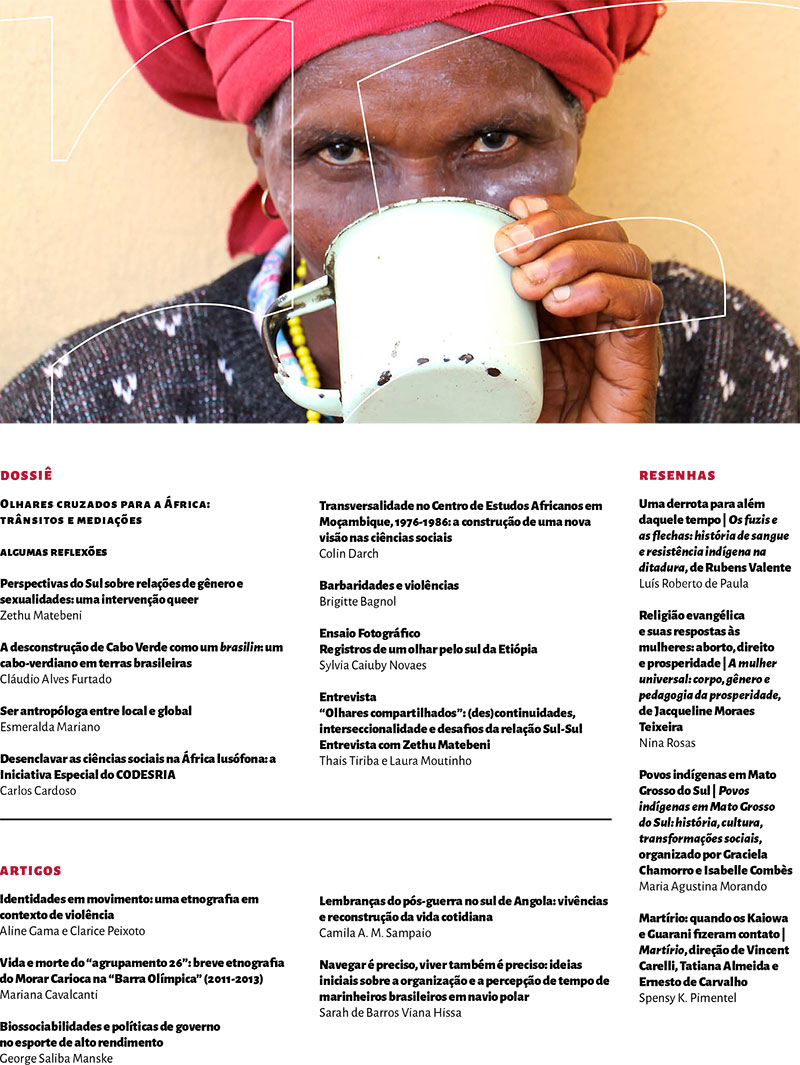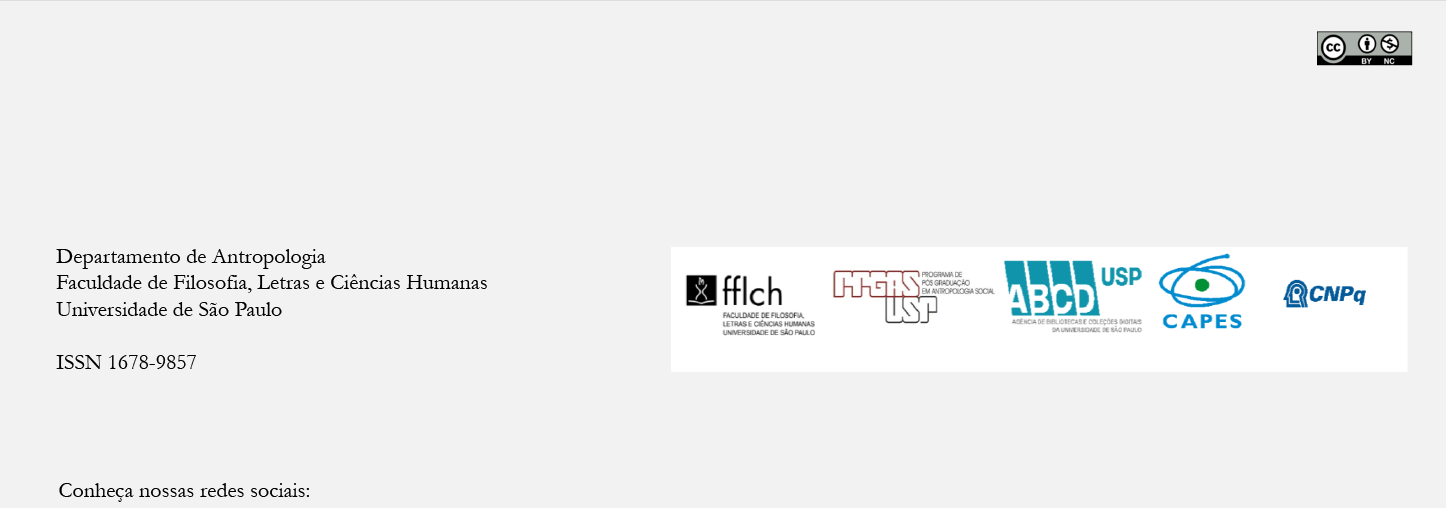Transversality in the Centre of African Studies in Mozambique, 1976-1986: The Building of a New Vision for the Social Sciences
DOI:
https://doi.org/10.11606/2179-0892.ra.2017.141742Keywords:
Mozambique, Research centres, Cross-Cultural Experiences, Centro de Estudos Africanos (Maputo), South Africa, Documentation, Aquino de Bragança, Ruth FirstAbstract
This article uses the career of the author as a case study deploying the anthropological concepts of transversality and the crossed gaze. The author examines his own experience of working in a research centre in Mozambique in the 1980s, during a post-independence armed conflict with a rebel group supplied and supported by apartheid South Africa. An English-speaker with some years of experience of working in other African countries, he arrived in Mozambique in 1979 unable to speak Portuguese or to distinguish the local features of daily life from those inherited from the colonial power, since both were alien to him. In addition, the research and pedagogical practices used in the Centre of African Studies were innovative and unusual. The author draws three conclusions from this experience: that it is necessary to approach a new culture and a new language as free as possible from prior expectation, as anthropologists normally attempt to do; that in Africa at least, we are now, forty years later, living in an epoch when the open flow of information and experience is increasingly under threat, and with them the possibility of transversality; and that although we live in circumstances and material conditions that are beyond our control, as Marx points out, we make our own choices about our own trajectories.Downloads
Download data is not yet available.
Downloads
Published
2017-12-23
Issue
Section
Cross-cutting Approaches to Africa: Movements and Mediations
License
Authors who intend to publish in this journal must agree with the following terms:
- a) Authors retain copyright and grant the journal the right of first publication. The work is simultaneously licensed under the Creative Commons Attribution License, which allows the work to be shared as long as the author and the initial publication in this journal are appropriately credited.
- b) Authors are authorized to sign additional contracts for non-exclusive distribution of the version of the work published in this journal (e.g., to publish it as a book chapter), as long as the author and the initial publication in this journal are appropriately credited.
- c) Authors are allowed and encouraged to publish and distribute their work online (e.g. on their personal webpage) after the editorial process, for this can generate productive changes as well as increase the impact and citation of the work. See The Effect of Open Access Publications.
How to Cite
Darch, C. (2017). Transversality in the Centre of African Studies in Mozambique, 1976-1986: The Building of a New Vision for the Social Sciences. Revista De Antropologia, 60(3), 112-133. https://doi.org/10.11606/2179-0892.ra.2017.141742




